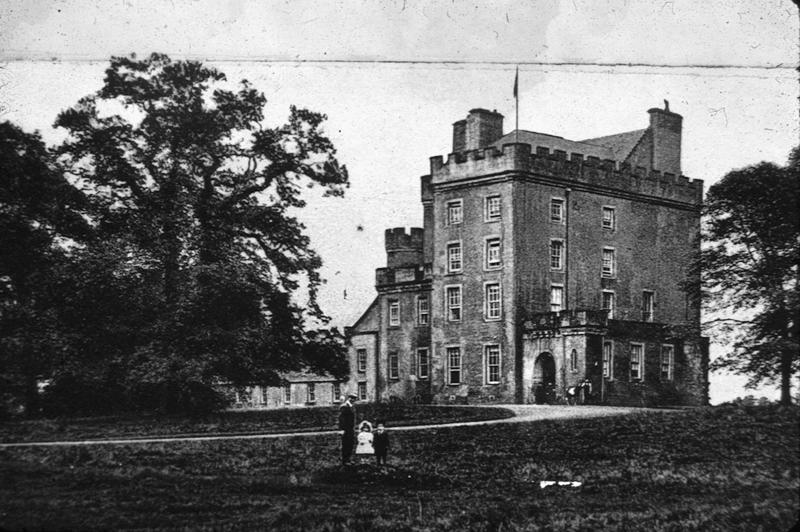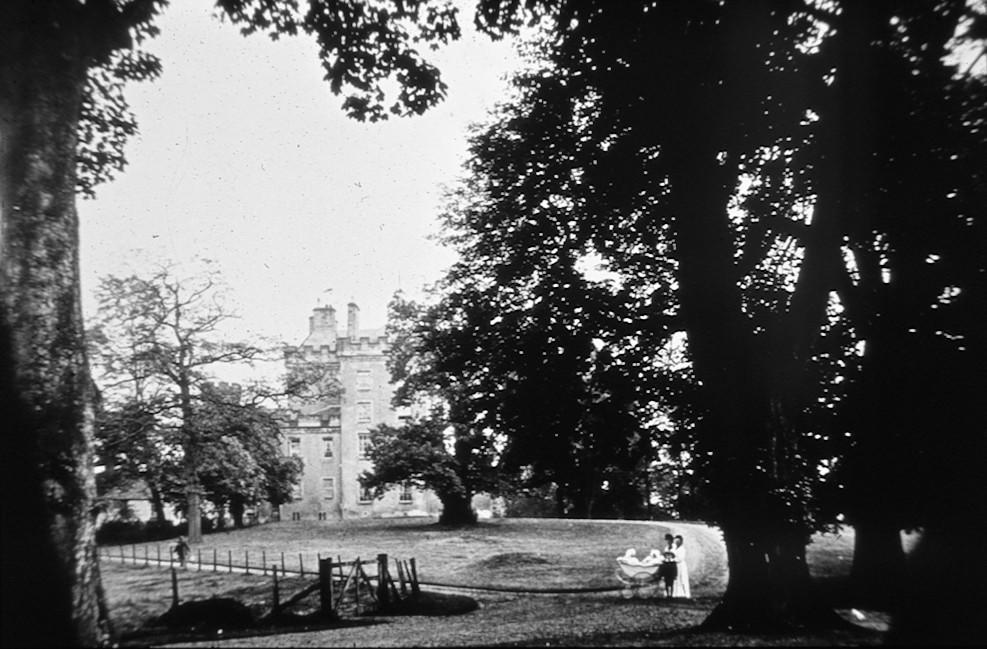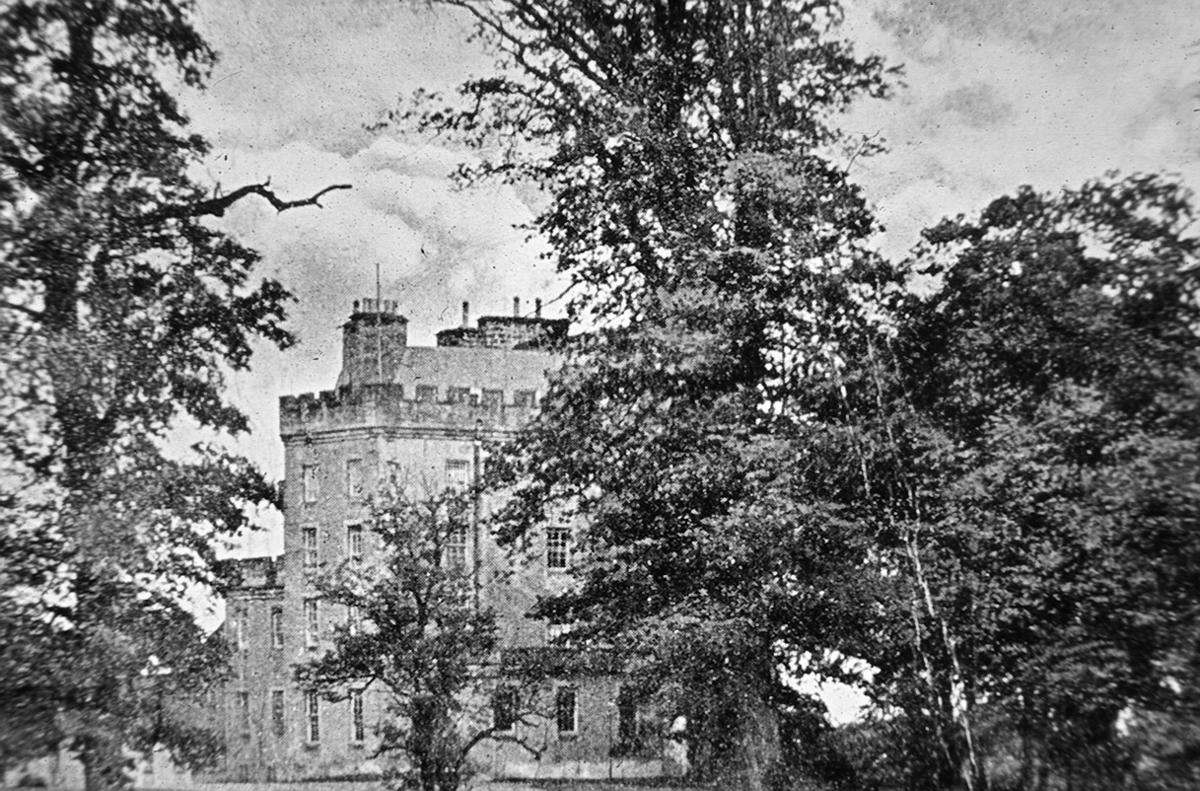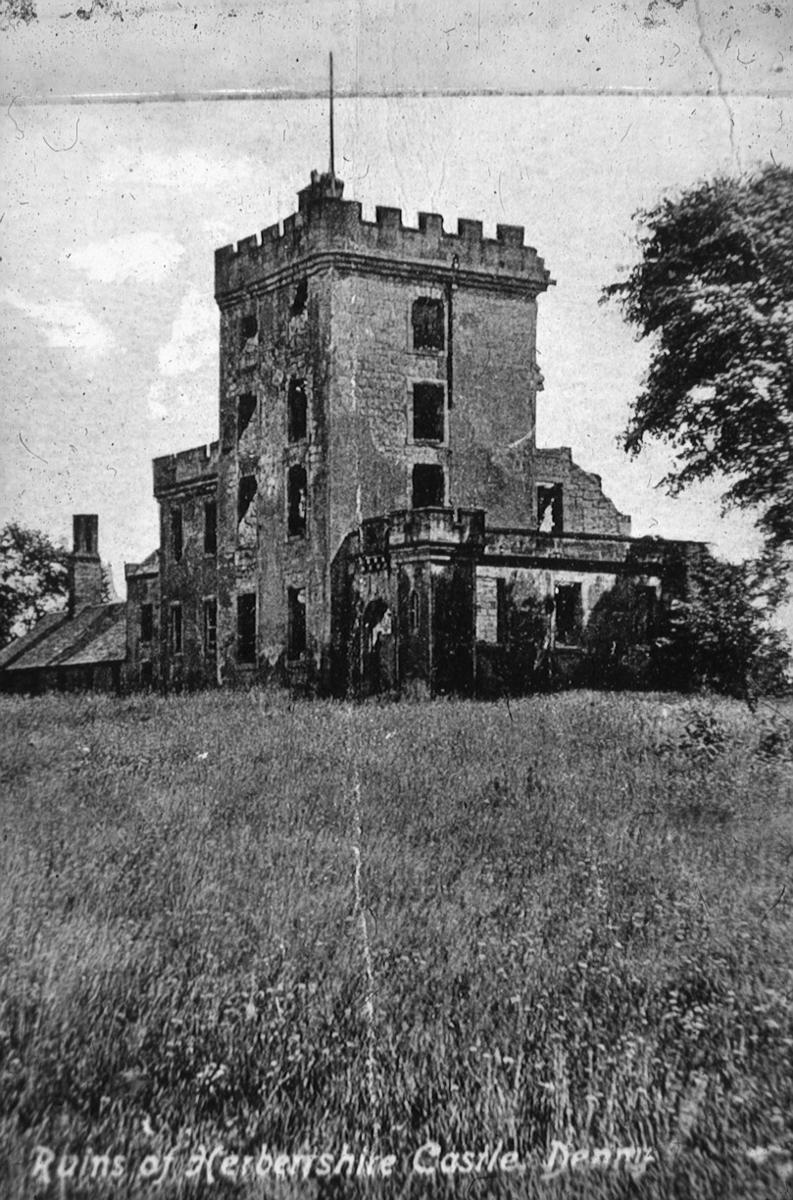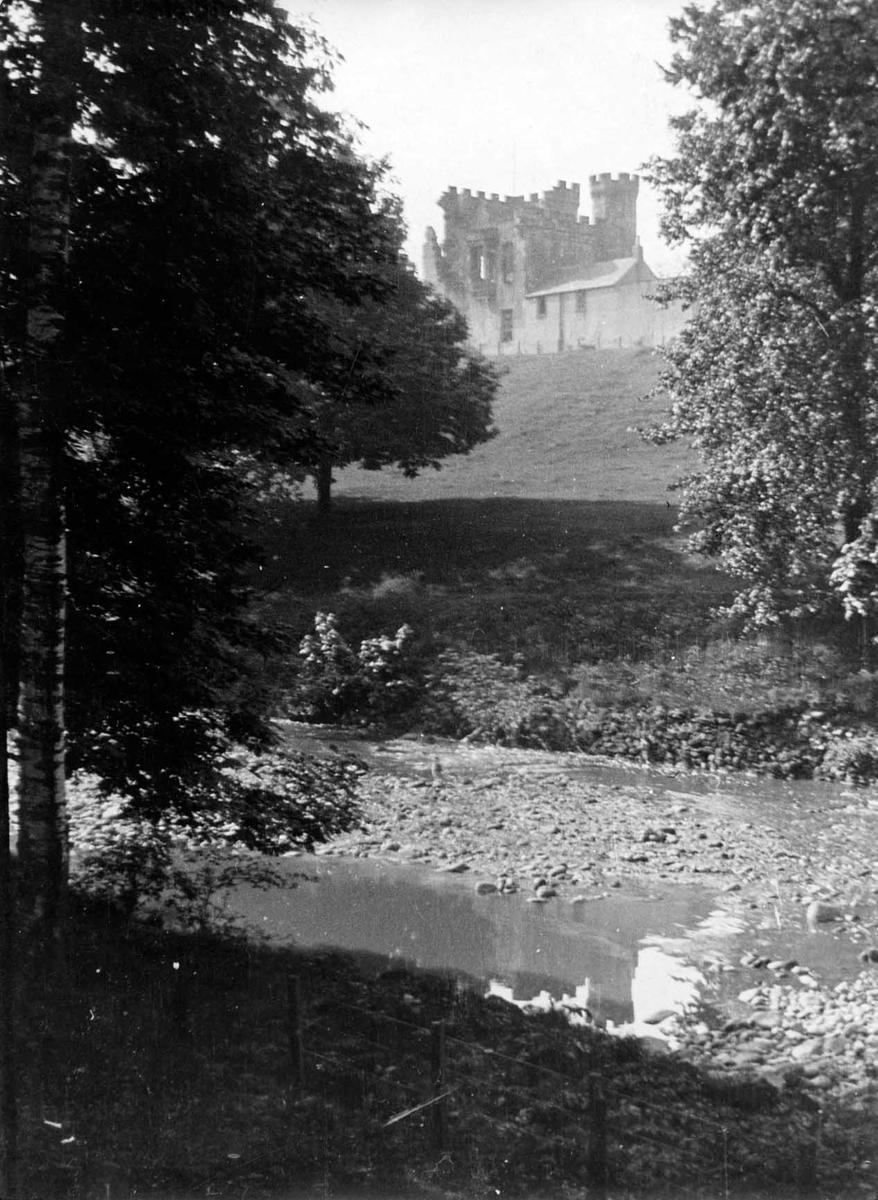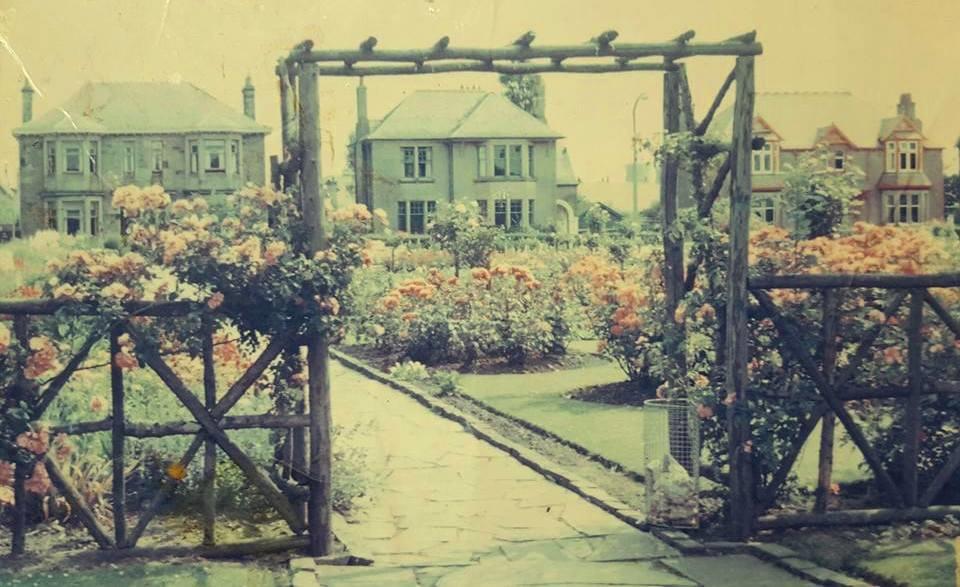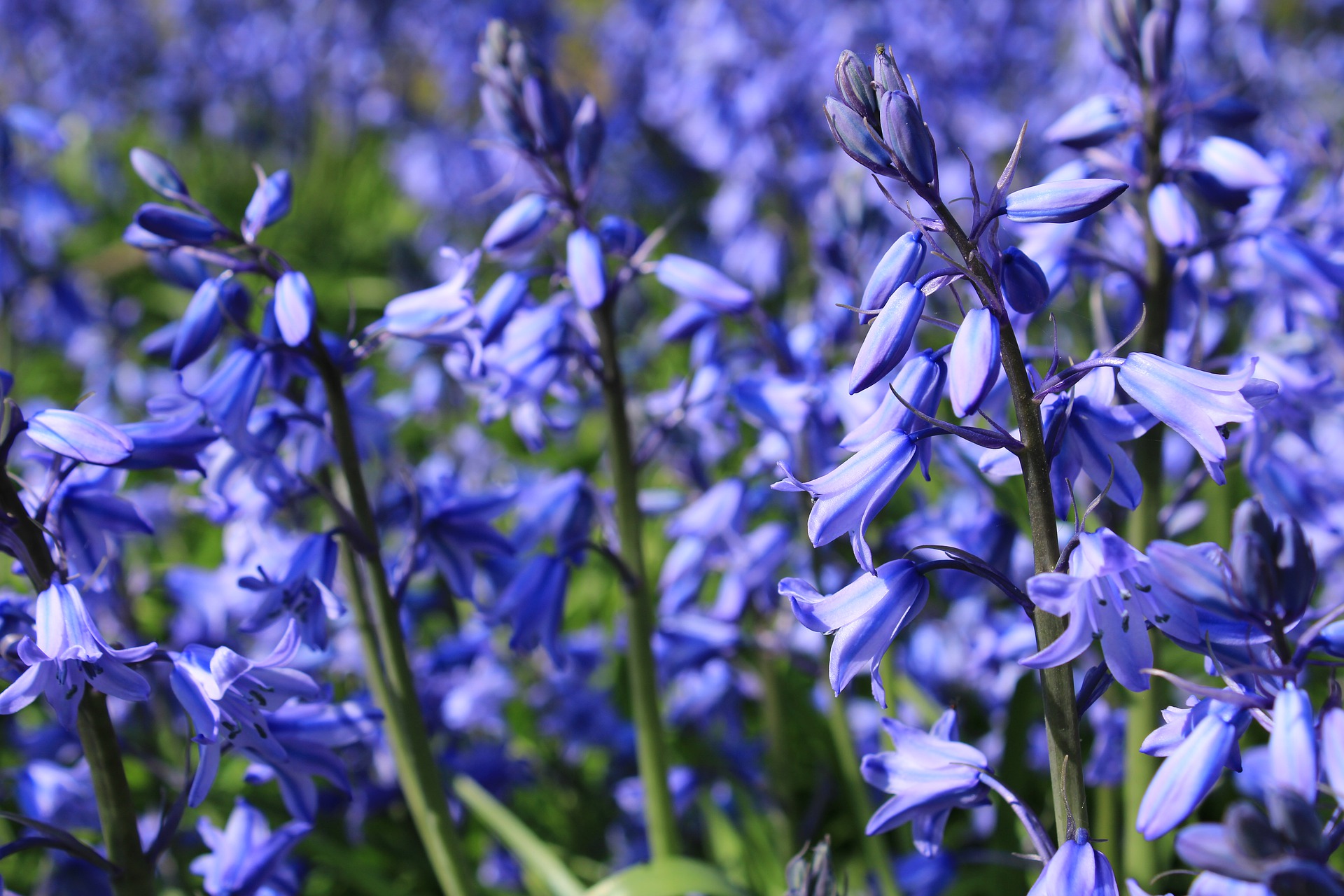Explore the history of the 15th century castle that once stood proud in Dunipace.
There isn’t very much left of Herbertshire Castle. The main trace of it is the Herbertshire Castle Park in Dunipace. These areas of parkland were the grounds of the castle, and with a keen eye you might be able to spot some areas of elevated grassland that supported the castle walls. Otherwise Herbertshire Castle has been lost. Despite this, the existing records of celebrations, events and people connected with the site can give us a hint of the varied history of this castle.
Records from 1350 are the first to mention the barony of Herbertshire (located in present day Dunipace.) The De Morhams family were the first recorded owners of the estate. The area then passed into the ownership of the Douglas family, and later The Sinclair family of Orkney.
The Sinclair’s appear to have been the first of these families to build a substantial structure for their own use within the estate. The ambling river, natural hill and rough ground provided natural defences for the occupants. The possibility of an unobstructed, expansive view from any elevated structure built on the site would have been another advantage. The Sinclair’s are thought to have taken advantage of this, and to have built an earthwork and timber tower house in the early 15th century, which they then lived in for the next two centuries.
The first earl of Linlithgow, Alexander Livingston, bought the barony in 1608. It then passed to the Stirling’s who occupied the site from 1632 to 1768. Documents from 1657 give some details of the site, noting that there were ‘yairds ortcheards wodes fishings parkes [and] mylnes’ alongside the ‘houss’ on the site. It is thought that the Stirling’s built the first extension to the castle and added a two or three storey structure to the side of the existing tower, as well as a two storey wing to the east. It appears life continued on relatively uneventfully for the family, and Herbertshire Castle stayed in their ownership until a lack of male heirs meant that they chose to sell the castle in 1768.
Documents from 1657 give some details of the site, noting that there were ‘yairds ortcheards wodes fishings parkes [and] mylnes’ alongside the ‘houss’ on the site.
fields['text']) echo $section->fields['text']; ?>
The new owner, William Morehead, engaged the services of architect Robert Adam. The architect drew up plans for a new house, although this was never built. Limited records survive from this period, but it appears that it was Morehead who undertook work to consolidate the visual style of the building. Most notably the geometry of the main façade was altered to increase the symmetry of the building, and a grand entrance hall was built. Morehead also commissioned the construction of a number of buildings in the grounds including stables, a lodge and coach house. We know that at this time the walled garden took up almost three acres, and there was a network of paths accessed from a private footbridge that lead towards woodland at Stoneywood.
Over the next few hundred years the castle and lands passed through several hands. One notable owner was William Forbes of Callendar. The Falkirk Local History Club have researched this in detail. For example, in the late 19th Century Herbertshire House functioned as a holiday home for hundreds of poor children from Edinburgh. It was styled as the ‘Edinburgh Holiday House for Poor Children’ and the large rooms and expansive grounds functioned well for this new purpose.
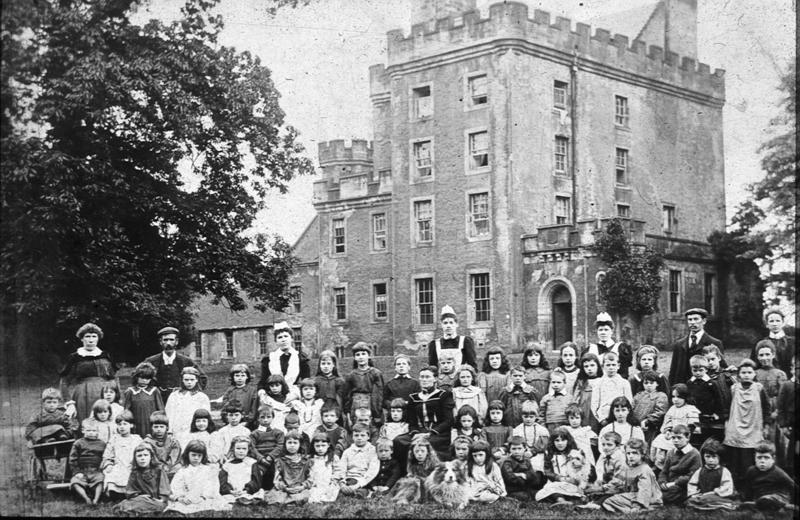

A fire gutted the castle in 1914 and it stood in a ruinous state for decades. At various points after this the estate buildings and grounds were used for community purposes. For example, in 1941 a food preparation centre was set up to provide meals for school children and members of the community. At this time the once prestigious walled gardens were ploughed, planted with crops and used to graze livestock.
In 1945 Denny Town Council decided that Herbertshire Castle was to be demolished, as it was of no historic interest. Despite public outcry and efforts to save the existing parts of the structure, the limited remains of Herbertshire Castle were demolished with explosives in 1950 to make way for the Barnego Road housing estate. As noted above, an area to the east of where the castle stood was kept aside to become a community park.
By Rowan Berry
